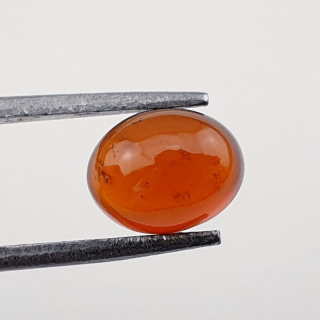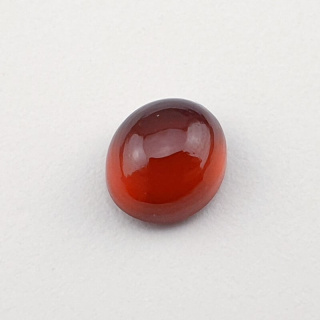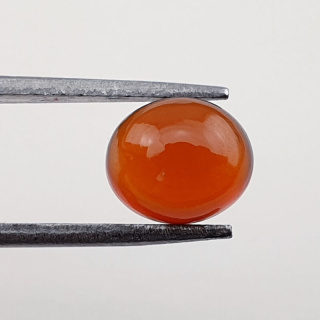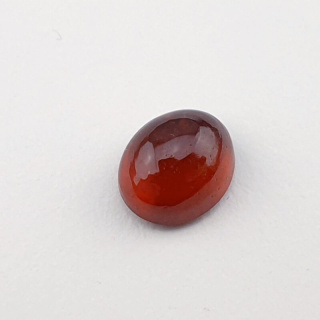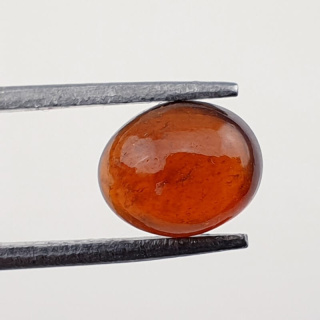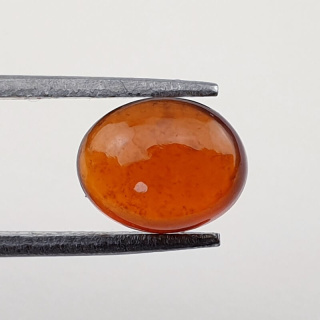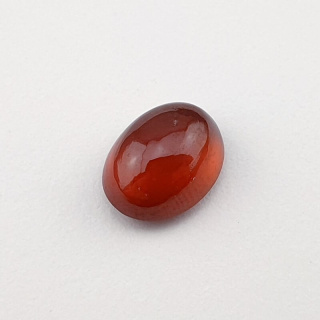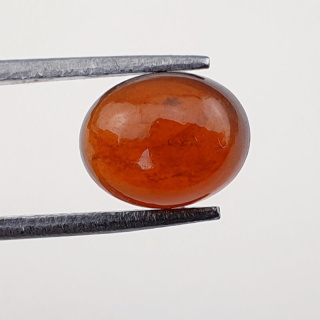- All categories
-
Categories
- Stones | Crystals
- Beads for jewlery
- Jewelry components
- Synthetic stones
- Zodiac stones
- Pearls | Shells
- Pendants
- Bracelets
- Tapes with crystals
- Crystals A-F
- Crystals G-K
- Crystals L-O
-
Crystals P-Z
- Peridote
- Pietersite
- Pyrite
- Prehnite
- Purpurite
- Rhodochrosite
- Rhodonite
- Ruby
- Selenite
- Septarian
- Seraphinite
- Indian seraphinite
- Serpentine
- Petrified wood
- Cat's eye scapolite
- Scolecite
- Sodalite
- Stichtite
- Shattuckite
- Scheelite
- Shungite
- Tektite
- Thulite
- Topaz
- Tibetan turquoise
- Tourmaline
- Tiger's eye
- Tiger's iron
- Unakite
- Variscite
- Sale
- Promo 💵
- Sale 🛒
- New arrivals 💥
- Discounts
- Delivery
- Payment
- Returns
- Contact us
- Blog
- Tapes with crystals (sale -40%)
-
Categories
-
Peridote
-
Pietersite
-
Pyrite
-
Prehnite
-
Purpurite
-
Rhodochrosite
-
Rhodonite
-
Ruby
-
Selenite
-
Septarian
-
Seraphinite
-
Indian seraphinite
-
Serpentine
-
Petrified wood
-
Cat's eye scapolite
-
Scolecite
-
Sodalite
-
Stichtite
-
Shattuckite
-
Scheelite
-
Shungite
-
Tektite
-
Thulite
-
Topaz
-
Tibetan turquoise
-
Tourmaline
-
Tiger's eye
-
Tiger's iron
-
Unakite
-
Variscite
Crystals P-Z -
- Promo 💵
- Sale 🛒
- New arrivals 💥
- Discounts
- Delivery
- Payment
- Returns
- Contact us
- Blog
- Tapes with crystals (sale -40%)
-
- Search
- My account
- Favorites
-
Cart
0
-
Cart (0)Cart is emptyAdd to cart for free delivery -,--Free delivery!Make orderTotal 0 €Price includes discounts
-
Hessonite: a rare variety of grossular known as cinnamon garnet
Number of products : 6Hessonite is a rare variety of mineral from the garnet group, known as cinnamon garnet due to its characteristic color. It is a variety of grossular, a mineral belonging to the silicate group. It occurs in colors ranging from light yellow to orange to reddish brown, resembling cinnamon. The properties of this mineral make it highly valued in jewelry. Hessonite has a hardness of 6.5-7.5 on the Mohs scale, which means it is scratch-resistant. In addition, its transparency and intense color make gemstones from this mineral exceptionally attractive.
It is mainly found in Sri Lanka, but can also be found in India, Brazil, Canada, and Madagascar.
What is hessonite?
Hessonite is a variety of grossular, a mineral from the garnet group. It is called hessonite garnet because of its unique properties and color. It is worth noting the differences between hessonite and other types of garnet, such as almandine and pyrope.
Hessonite as a variety of grossular
Hessonite is a rare variety of grossular that is distinguished by its characteristic color and properties. Compared to other varieties, such as tsavorite and hydrogrossular, it is characterized by a more intense color and higher transparency. Its rarity is due to the unique geological conditions in which it is formed and the limited number of known deposits of this mineral.
Hessonite is also known as cinnamon stone: why does it have this name?
The history and origin of the name “cinnamon stone” are related to the characteristic color of hessonite. Its color resembles cinnamon, hence the term “cinnamon stone.” It is worth noting that hessonite is not the only stone with this color—there are also other minerals, such as topaz and zircon, which can occur in shades of cinnamon. However, it is hessonite that is best known for its unique combination of color, transparency, and physical properties.
Characteristics of hessonite
Unique features of hessonite: color
Reddish-rust color is one of the most distinctive features of hessonite. This stone occurs in reddish-rust and orange-brown shades, which distinguishes it from other gemstones. This color is due to the presence of iron and manganese impurities in the mineral's structure. Compared to other stones, such as ruby or sapphire, hessonite has warmer and more pleasant shades.
It is worth noting that hessonite has an orange-brown color due to its unique chemical and structural properties. Unlike other garnets, which can have different colors, hessonite always has this characteristic shade.
Stone texture: what do translucent hessonite crystals look like?
The texture of hessonite is another feature that distinguishes it from other gemstones. Hessonite has translucent crystals that make the stone appear more “lively” and dynamic. The translucent crystals of hessonite are the result of its crystal structure and the presence of other elements such as iron and manganese.
Compared to other gemstones such as diamonds and emeralds, hessonite has a more distinctive texture, making it more attractive to collectors and gemstone enthusiasts.
Popular cuts of hessonite
Popular cuts of hessonite include the faceted cabochon, brilliant cut, emerald cut, and cabochon cut. The faceted cabochon is one of the most popular shapes for hessonite because it allows for maximum use of its unique optical properties, such as translucent crystals and intense color.
Compared to other cuts, the faceted cabochon allows for better light dispersion within the stone, making hessonite appear more brilliant and attractive.
Uses of hessonite
Hessonite in jewelry
Hessonite is often used in jewelry because of its unique color and transparency. This stone can be used to create various types of jewelry, such as rings, necklaces, earrings, and bracelets.
Compared to other gemstones such as diamonds, emeralds, and rubies, hessonite offers more unique and warm colors, making hessonite jewelry unique and attractive to gemstone lovers.
Cutting: how to transform raw hessonite into a beautiful stone?
The process of cutting hessonite is crucial for obtaining beautiful and shiny stones that can be used in jewelry. Cutting hessonite involves carefully cutting and polishing the stone to achieve the desired shape and bring out its natural beauty. Depending on customer preferences, hessonite can be cut into various shapes, such as cabochons, faceted rounds, brilliant cuts, or emerald cuts.
Where are the largest deposits of hessonite found?
Significant amounts of hessonite are obtained from two main sources
Hessonite occurs in metamorphic rocks and secondary deposits. Metamorphic rocks, such as gneisses and crystalline schists, are the main source of hessonite, and this stone is formed by the transformation of igneous rocks under high temperatures and pressures. Secondary deposits, such as gravel or sand, are places where hessonite can be found in the form of small crystals that have been displaced from their original deposits.
Compared to the amount of hessonite obtained from other sources, metamorphic rocks provide larger quantities of this stone, while secondary deposits are less abundant but can provide small, high-quality crystals.
Gravel and sand as sources of hessonite
Gravel and sand are sources of hessonite. In these deposits, hessonite can be found in the form of small crystals that have been displaced from their original deposits. In gravel and sand, hessonite can often be confused with other minerals such as garnets or zircon, so it is important to thoroughly examine and identify the stone before mining.
Extracting hessonite from gravel and sand can be more labor-intensive than from other sources, but it allows for the recovery of small, high-quality crystals that can be used in jewelry or other applications.
The hessonite mining process
The extraction of hessonite from different sources can vary in terms of the techniques and tools used in the process. In the case of metamorphic rocks, hessonite is extracted through open pit or underground mining, where the stone is extracted from deep layers of the earth. In the case of secondary deposits, such as gravel or sand, hessonite is obtained by screening sediments, which allows the separation of fine crystals from other minerals.
Extracting hessonite from various sources can be time-consuming and costly, but it allows for the acquisition of this unique stone, which can be used in various applications, such as jewelry and ornaments.
Hessonite compared to other gemstones
Hessonite vs. almandine, zircon, pyrope: differences and similarities
Hessonite, also known as cinnamon garnet, is a type of garnet. It is distinguished by its cinnamon hue and unique optical properties. Compared to other gemstones, it has several differences and similarities.
Almandine is also a type of garnet, characterized by a dark red hue. Like hessonite, it occurs in metamorphic rocks, but differs in color and is slightly harder.
Zircon is a gemstone with a high luster and exceptional transparency. Unlike hessonite, it comes in a variety of colors, such as colorless, yellow, blue, and red. It is also harder than hessonite.
Pyrope is another type of garnet, characterized by its intense red color. Like hessonite, it occurs in metamorphic rocks, but differs in color and is slightly harder.
Hessonite garnet, a cinnamon stone among popular stones
Among popular gemstones, hessonite occupies a special position due to its unique cinnamon hue and optical properties. Its rarer occurrence compared to other garnets, such as almandine or pyrope, makes it more desirable to collectors and gemstone enthusiasts.
It is worth noting that hessonite, like other garnets, is relatively underappreciated compared to more famous gemstones such as diamonds, sapphires, and rubies. Nevertheless, its unique characteristics and beautiful cinnamon hue make hessonite increasingly popular among those looking for original and unique stones for their jewelry.
Summary
Hessonite - a cinnamon-colored garnet, distinguished by its unique cinnamon hue and optical properties. Among popular gemstones, hessonite occupies a special position due to its rarer occurrence compared to other garnets. Its unique characteristics and beautiful cinnamon hue make it increasingly popular among those looking for original and unique stones for their jewelry.
Hessonite, like other garnets, is relatively underappreciated compared to more famous gemstones such as diamonds, sapphires, and rubies. Nevertheless, its unique characteristics and beautiful cinnamon hue make it increasingly popular among those looking for original and unique stones for their jewelry.
![[{[item.product.name]}]]([{[item.product.photo.url]}] 75w)


